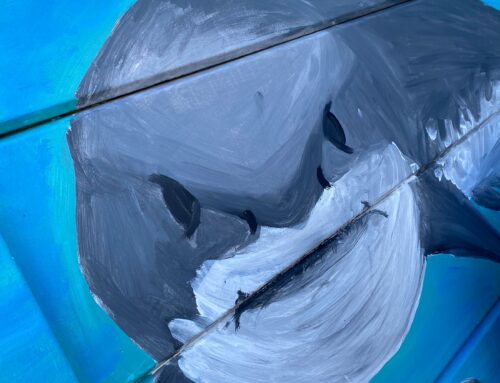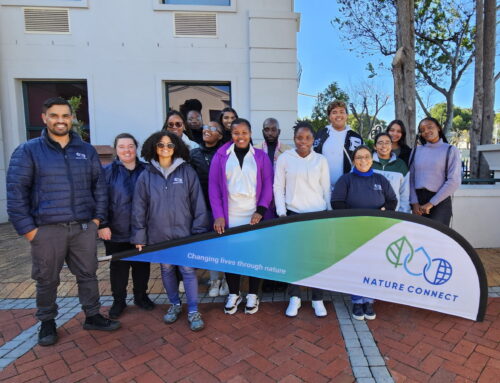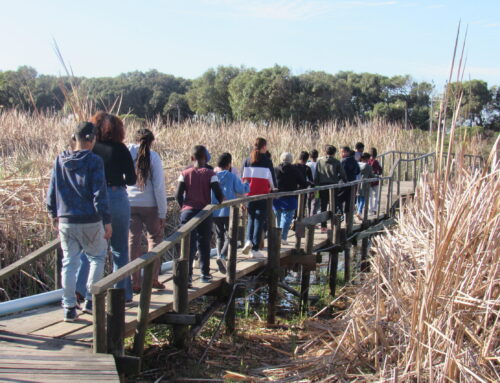During a recent night count conducted by the Muizenberg East Cluster staff in March, a surprising discovery was made in one of our sites. We stumbled upon a Cape Sand Frog (Tomopterna delalandii), a chubby little guy on the ground, which is commonly found near water bodies in lowlands and valleys throughout the Fynbos and succulent Karoo biomes. The Cape Sand Frog has distinct physical characteristics such as bulging black eyes with a white or yellow lining, scattered dark patches and a thin, central line running from its nose down its body. Interestingly, it uses its hind-limbs to burrow in the sand, a sight to behold. The males also have dark pigmentation along the jawline. The call of a Cape Sand Frog is a chorus of metallic, high-pitched but melodious ku-ku-ku sounds that can be heard at night. This frog is listed as Least Concern on the IUCN Red List, but its presence or absence helps determine the health of an environment, making it an important bioindicator species.
Another fascinating find during the night count was the Cape Dwarf Chameleon (Bradypodion pumilum), shedding its skin on a Fragmites reed. Like all reptiles, chameleons shed their skin regularly, with juvenile chameleons shedding more often when young and the growth rate is high. Adult chameleons shed occasionally to accommodate weight gain and scale renewal. Unlike snakes, chameleons shed their skin in smaller pieces rather than one long piece. Shedding can trigger behavioural changes such as increased irritation and sensitivity, making it fortunate that this little fellow was cooperative for a photo op!
Overall, these discoveries highlight the diversity and importance of the unique species found in the Muizenberg East Cluster and the crucial role they play in maintaining a healthy environment.








